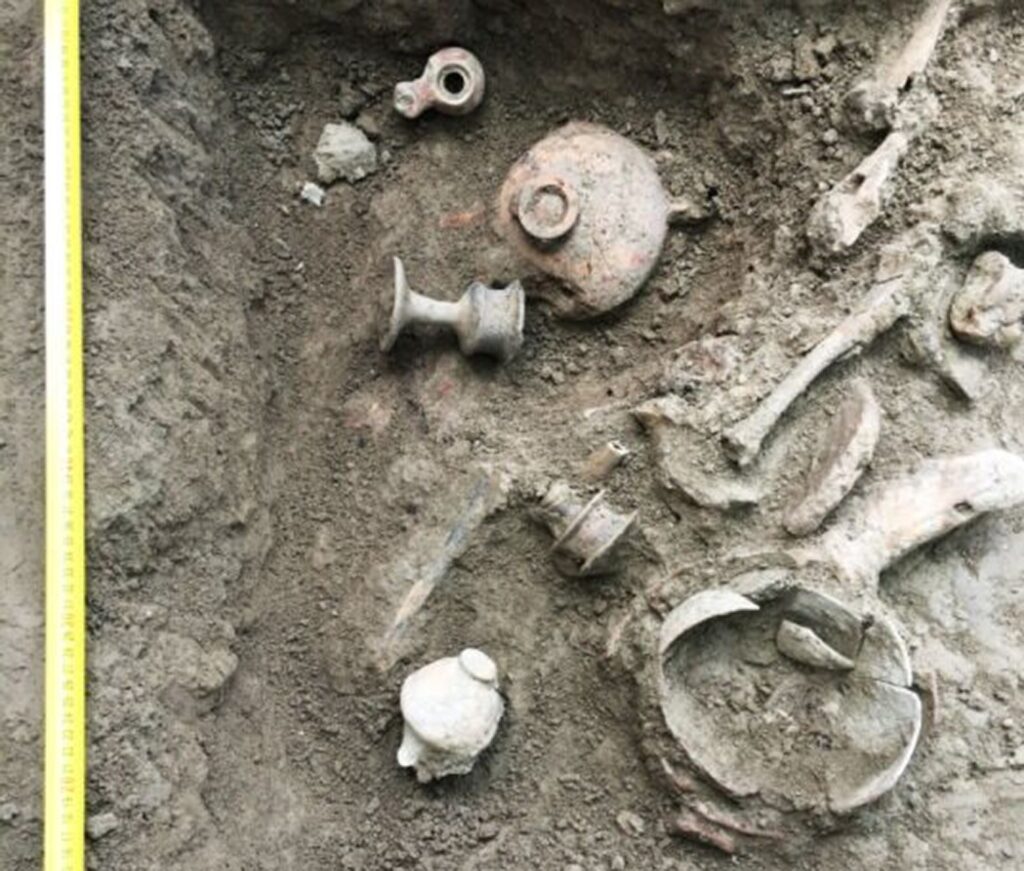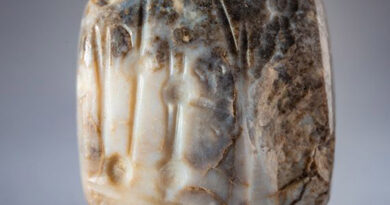Scientists Find 2,500-Year-Old Iron Production Sites Dating Back To The First World Superpower
Archaeologists in Iran have discovered a number of iron production sites in a desert village that date back several thousand years to the world’s first great superpower.
The iron production sites date back to the Achaemenid Empire founded by king Cyrus the Great that stretched from the Balkans and Eastern Europe to the Indus Valley in the Far East and was the largest ever in human history until then, covering an incredible 2.1 million square miles (5.5 million square kilometers).
The Empire was the first to impose not only a central bureaucratic administration with full-time civil servants, managing satraps, but they also built roads, integrated other cultures, created spectacular buildings and even introduced a postal service and a professional army.

Alexander the Great, who was a huge admirer of Cyrus the Great, was to later conquer most of his empire by 330 BC, and the structures that he implemented were to become the basis for many other civilisations and empires that followed.
The site was discovered near the city of Yazd, nestled between the Dasht-e Kavir and Dasht-e Lut deserts, in the Iranian province of the same name.
The find took place when Iranian scientist Hossein Azizi led a survey supervised by the Research Institute of Cultural Heritage and Tourism.
A tourism official said over the weekend: “Several iron production sites and kilns for melting iron ores have been discovered across the Chahak rural district in the county of Khatam of Yazd Province.”
The report added that 60 historical sites and artefacts, including castles, cemeteries, and aqueducts, have been identified so far.
The official said that the oldest artefact found so far dates back to Middle Paleolithic, between 25,000 and 35,000 years ago.
Research suggests that iron production took place in the area during the Achaemenid Empire (550 BC to 330 BC) and one of the most important finds was a collection of metalware, particularly bowls.
Some bowls even had royal inscriptions and allowed scientists to gain key insight into the metalwork and decorative styles and techniques used at the time.


